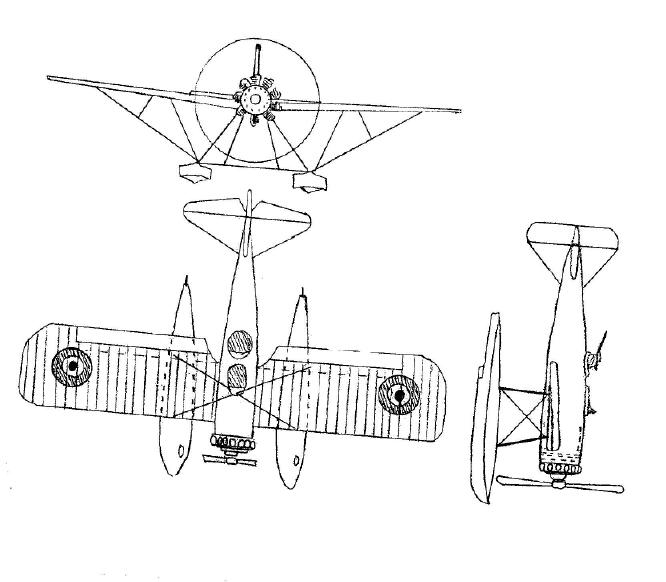
By 1930, the French ships of the line were carrying the Gordeau-Lesseure 812 seaplane or the lighter weight Gordeau-Lesseure 832. The GL 832 only required a 2 ton catapult and was found on some of the light crusiers. Pictures of either aircraft that clearly show the tail can be readily identified. The GL 832 clearly has the elevator at the bottom of the fusalage. The GL 812 has the elevator positioned in the middle of the fusalage.
In 1934 the french navy put out a request for proposals for a new seaplane. By 1936 they chose the Loire 130. The Loire 130 has a combined float/fusalage like the American PBY. It has a single pusher prop engine mounted in a pod above the wing.
All of the shipborne GL 812's had been replaced by Loire 130's by 1940. The GL 832's on the light crusiers were not replaced as the ships could not carry the heavier catapult required for the Loire 130. In 1941, three of Loire 130's were sent to Dakar and assumed the designations HDR-1, HDR-2 and HDR-3. Hydravion du Richelieu Many of the Loire 130's were destined for French colonial usage in North Africa and Indochine. Some remained at the French naval bases and were captured and used by the Germans.
After the French Naval Forces in North Africa rejoinded the allies in 1942, most of the ships went to the U.S. for refits. The quick pace of change during war had left them behind. All of the scout aircraft were removed from the ships and radar and additional anti-aircraft guns mounted. Note that a French built radar was already mounted on the Richelieu before her refit in the U.S.
A drawing of the GL 812 